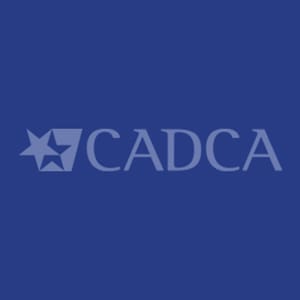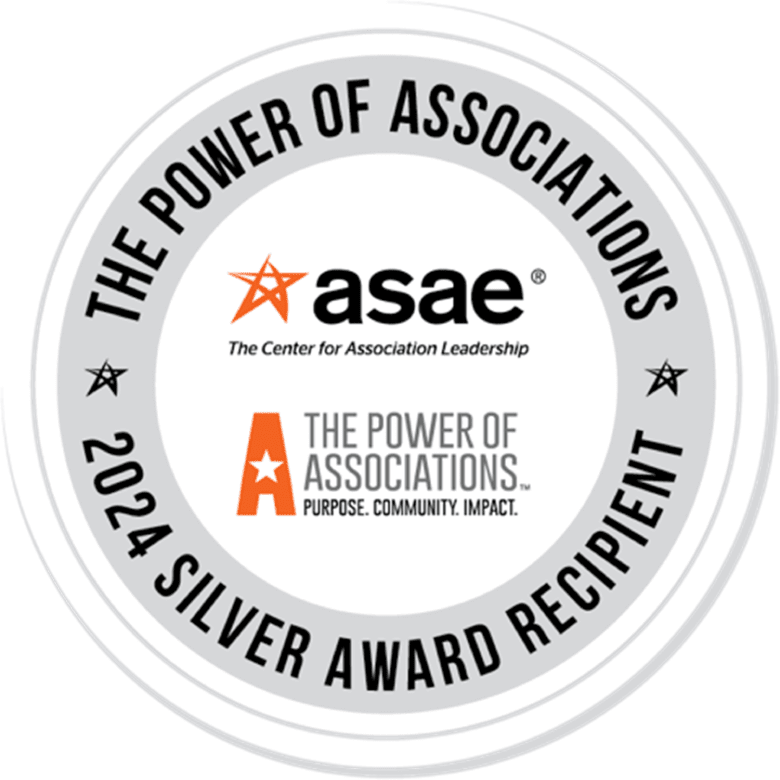The Prevention Partnership Coalition of Sandusky County founded in 1999 works to build a healthier community by preventing and reducing substance abuse in their local Sandusky County. Utilizing an impressive partnership network developed over their 25 years, the coalition has grown and expanded their program and work scope ever since. Adding data-based programs and solutions to tackle emerging and chronic misuse issues in their local community.
The need for the coalition was identified by a comprehensive Community Health Assessment administered in 1999. The assessment revealed that substance abuse was a top priority. In 2000, the coalition secured the Ohio Department of Alcohol and Drug Abuse Services (ODADAS) (now Ohio Department of Mental Health and Addiction Services (OhioMHAS)) community coalition grant, allowing them to fund a single staff member to begin coordinating programs and community outreach. Over time the coalition grew from that single staff member to a thriving coalition with multiple staff members and passionate working groups. Engagement with the coalition is so high they host a quarterly consortium of about 50 members to discuss core prevention partnerships and programming.
“I think one of the huge successes is having the coalition’s administrative agent under our local health department because in those early days, working with a $45,000 budget, it was barely enough to sustain a full-time staff member. Being in the health department gave us access to grant writers and their expertise and allowed us to devote more attention to creating community relationships and partnerships,” said Stacey Gibson, Director of the Sandusky County Family and Children First Council.
There were even some unexpected benefits for the health department, “Working with the coalition has even helped the health department become a nationally accredited health department. The health department has been able to leverage the coalition’s successes to achieve that accreditation,” Stacey said.
As the coalition grew and gained recognition, additional grants helped them expand the coalition’s scope far beyond what it was in 1999. “Alcohol was the initial focus, then came gambling, and then tobacco prevention came after that. But now we’ve been doing gambling prevention for some time. We always look to add programs that Sandusky County doesn’t already have, so we’ve started suicide prevention, opiate prevention, marijuana prevention, even traffic safety. We were following trends, seeing what is the next thing happening in the community,” said Charlotte Stonerook, Health Education Coordinator at the Sandusky County Health Department.
The coalition takes advantage of their robust community partnerships and reviews data-based reports to identify emerging community issues. They aggregate feedback from a wide variety of community partners including law enforcement, school officials, parents, and others. “When you’re looking at a coalition that’s been around as long as ours has, and the various topics we focus on, the partnerships definitely ebb and flow over time. Especially when we added gambling, we saw different strengths pop up among our partners. You just have to be on the lookout to find the champions in the community. And they’re always changing as people fall off, or retire, or move,” said Stacey. “We have a suicide and overdose fatality review board, so we look at those statistics. Our friends at EMS are great partners with us. Even if there isn’t a recorded fatal from an overdose, we can hear when overdoses are happening and where. How many units of Narcan are being used in the county, information like that,” added Bethany Brown, Health Commissioner at the Sandusky County Health Department.
The coalition also undertakes a community health assessment every three years to help assess the needs of the community and where the coalition can have an impact. “We started doing our own community health assessment in 1999 and it was pretty basic back then. We used to do it every five years, now we do it every three years. We were one of the first health departments in the state to do a birth to 11 health assessment.”
The focus on youth prevention and engagement grew out of the data they were seeing in those health assessments. “We know prevention is strongest when started early—you get better outcomes that way. We felt like we were missing some of the pre-teen data points, so we also did a 12 to 18 assessment. We try to get data from all the schools in Sandusky County, plus all of our partners that we work on this grant with.”
In addition to collecting the data for youth prevention programs, the coalition engages local youth in programming and decision-making. “We’ve been running asset teams in our middle schools for probably the last 15 years. We also do a yearly high school youth summit in the fall to provide messaging and skills they can use during the school year.” The valuable prevention education and trainings has paid dividends for the teens that engage with the coalition. “The most rewarding thing is to see wallflowers join and watch them become more outgoing and confident in themselves. We see them take that confidence throughout the rest of their lives and they go on to do great things.”
The coalition is also supported by their partners in securing funding for current and prospective programs. “Our partnership with our local mental health board has really helped us secure funding to keep going, as well as help strengthen us by helping with grants and trying to get more funding within the county,” said Charlotte.
During their second five-year cycle with the Drug Free Communities (DFC) grant, the coalition took on a mentoring role with neighboring Erie County to help their public health department mobilize a coalition of their own. The Erie County coalition was able to secure their own DFC grant as a result of the mentorship and collaboration. Helping nearby counties, especially rural ones, develop their own coalitions has amplified the work the Prevention Partnership Coalition does at home. “The community partnerships have really paid off for us – we are able to coordinate shared media campaigns so you can drive down the highway and go through three different counties and see the same messaging,” said Charlotte.
So what is on the horizon for this long-storied coalition? Supporting their long list of ongoing programs and partnerships is high on the list, but they are still looking to add value where they are needed. Most recently, they’ve started work on creating recovery-friendly workplaces and have tapped into their business partnerships more than ever.
If you would like to learn more about the work that the Prevention Partnership Coalition does, visit their website here.


